What would it be like if animals went to school?
Would beavers get on with the teachers? Would lemmings get their homework done on time? And are aardvarks ready for school dinnersтІ?
These are questions even ДѓЯѓДЋУН Bitesize can't answer. But here are six favourites from the world of wildlife that might top the class in certain subjects.

Getting their claws into science: The cats
Cats demonstrate a basic understanding of the scientific method when hunting prey, by using their hearing to confirm the existence of what they have yet to see.
In 2016, scientists in Japan filmed 30 domestic catsт reactions to the sounds of an empty shaker, then one with something in it. When the container rattled, the cats expected to find something inside, and paid more attention. As leading researcher Saho Takagi explained, this shows that "Cats use a causal-logical understanding of noise or sounds to predict the appearance of invisible objects".
Might the future of science be feline?

Loving languages: The orangutans
Despite our close genetic relationship, and despite both being part of the great ape subgroup of primates, it was previously thought that orangutans were unable to control their voice and make new sounds in the manner that humans do. Then, in 2016, Rocky the orangutan proved his gift for languages.
Researchers found Rocky could mimic more than 500 vowel-like noises, and was able to learn and produce new sounds, rather than just match those already in his 'vocabulary'.
Since human speech is a learned behaviour, it hadnтt been considered to originate from great apes. But thanks to Rocky, we now know orangutan language skills are closer to our own, giving fresh clues to how human speech has evolvedтІ Which means in this language class, the students are educating the teachers too.
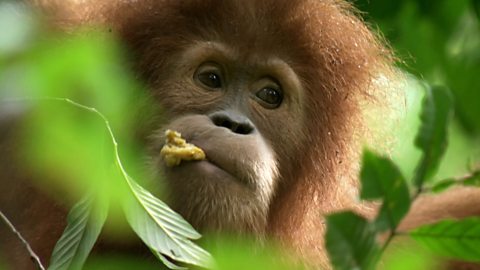
In touch with tech: The tortoises
If animal high schools had touchscreens, they would certainly prove popular. Bears, wolves and even penguins have been filmed reacting readily to such technology, using noses, beaks and paws to perform simple tasks.
But for surprise technology students, meet the tortoises at the University of Viennaтs Department of Cognitive Biology. In 2012, four tortoises - Esme, Molly, Quinn, and Emily - took a spatial cognition test that required nudging a blue circle on the left or right of a touchscreen with their head in order to win a food prize. In the training stages, all four tortoises proved able to master the basics by pressing either one of the circles. Then, with the promise of a strawberry, mushroom or sweetcorn treat, Esme and Quinn passed with distinction, able to choose the left circle or right circle as required. So when it comes to tech, tortoises can really come out of their shell.
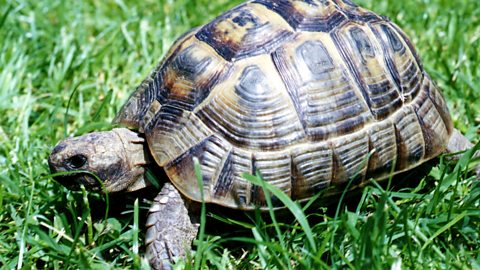
High flying at history: The elephants
Elephants have a couple of advantages when it comes to History. Firstly, their life spans exceed that of many other animals. With the African elephant known to live for around 70 years, modern history might seem rather familiar.
Then thereтs memory. In 2011, Dr Karen McComb of Sussex University studied 21 elephant families in Amboseli National Park, Kenya, over the course of seven years, and found that 'memory like an elephant' isnтt just a fun expression for being able to remember lots of things - itтs actually true as well! Dominant females in the herds in particular could recognise friendly faces from many years before, separating them from strangers or potential foes in order to protect calves. So now we know, when it comes to recalling key times and faces from the past, elephants are sure to lead the class.
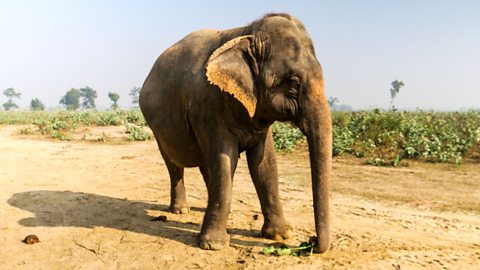
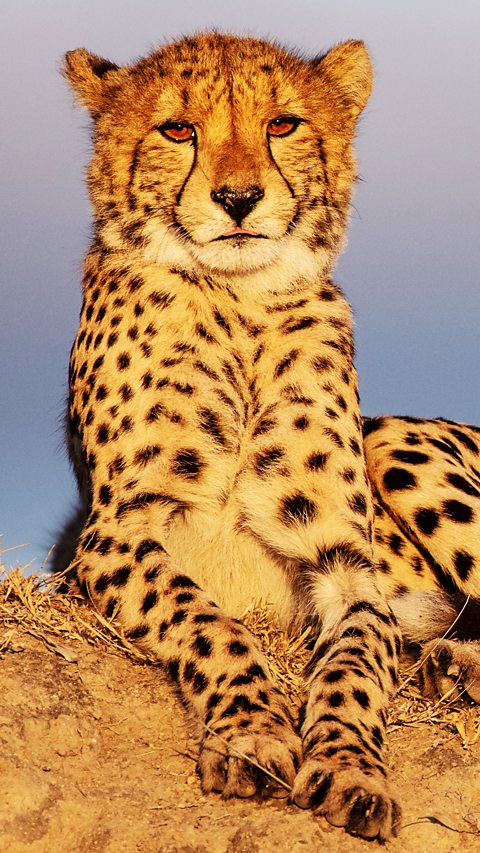
Perfect at P.E: The cheetahs
Sportтs Day at Animal High School might sometimes get predictable.
Cheetahs are the worldтs fastest land mammal, with speeds ideally suited for hunting down prey in the wild (or winning races against rival schools). But although cheetahs have winning speeds of 60 miles per hour, it seems they donтt always need them.
In 2013, a team led by Prof Alan Wilson of the UKтs Royal Veterinary College followed cheetahs for a year using tracking collars fitted with movement detectors and GPS systems. They found that although cheetahs peaked at 60 miles per hour, they mostly hunted at 30-35mph, accelerating and changing direction more rapidly than any other land animal. They also exerted nearly five times the power of Usain Bolt, the greatest human sprinter of all time, during his record-breaking 100m run.
So it looks like more gold medals for the cheetahs - if you can catch up to hand them over.


Music maestros: The humpback whales
When attending music lessons, surely humpback whales will take lead in the school orchestra.
In the depths of the ocean where light cannot reach, a reliance upon sound to navigate, understand and communicate in your environment is critical. Cetaceans т whales, dolphins and porpoises т have evolved to suit their environment, able to recognise and utilise sound better than any other animal group.
None more so than the humpback whale. Male humpbacks will sing for hours at a time, with sessions known to last for up to 23 hours. Songs vary from region to region, changing at different times of the year, with whales united in song choice and repetition. The 1970, multi-platinum selling album тSongs of the Humpback Whaleт is the best-selling environmental album of all time, making the humpback the music masters that other animals can only ever follow behind.

This article was first published in August 2022. Please note: Animals do not attend schoolтІ That we know of.
Amazing UK wildlife that will take your breath away
From black foxes to pink moths, ДѓЯѓДЋУН Bitesize takes a look at the wild and wonderful creatures of the UK.
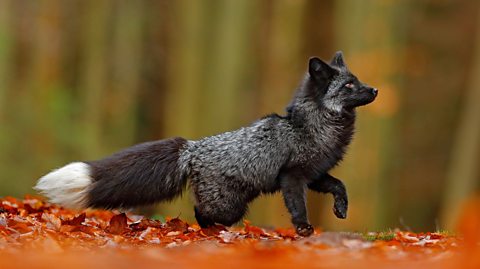
Six cute animals you've probably never heard of
Ever heard of the pika, the numbat and the margay?
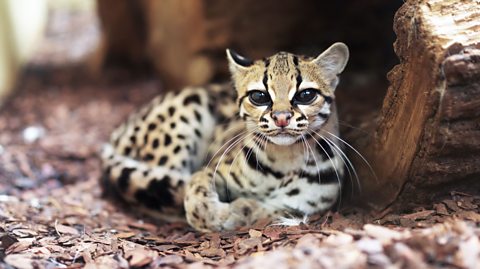
Five insects you didn't know lived in the UK
Meet the cuckoo wasp, a shiny relative of the dung beetle and a fly that is NOT a mosquito.
